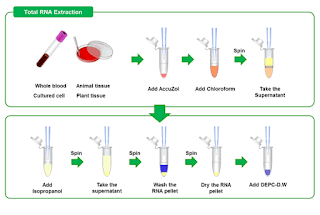Egg shell | Industrial applications of egg shell

EGGSHELL CHARACTERISTICS: Eggshell waste includes the shell and a membrane that separates the shell from the albumen (the white). These materials consist of as follows: • 94% to 97% calcium carbonate; • 3% to 6% protein; • 1% various minerals (including magnesium, potassium, and traces of iron, sulfur and phosphorus). Eggshell APPLICATIONS AND POTENTIAL MARKETS FOR THE DIFFERENT EGGSHELL COMPONENTS: Emerging sectors for eggshell application Source: https://doi.org/10.1016/j.resconrec.2016.09.027

